|
Transport equity is the principle that all individuals, regardless of their socio-economic status, race, disability, age, gender, or other aspects of their identity, should have equal access to safe, affordable, reliable, and efficient transportation options. Friends of the Earth (FOE) is inviting all groups and individuals who are interested and care about accessible and equitable transport for all, to join Transport Equity Week from 17-23 September 2023 with an action to raise awareness for transportation equity issues. You can sign up for an action here and access the fantastic social media pack. What does transport equity mean? Transport equity, also known as transportation equity or mobility justice, addresses the disparities and barriers that certain groups face when trying to access transportation. This can be thought about in 7 broad areas.
Case study - Chatswood and Liverpool. |
|||||||
| Submission for active transport strategy_-_attention_lachlan_wood.pdf | |
| File Size: | 101 kb |
| File Type: | |
Archives
July 2024
June 2024
May 2024
April 2024
March 2024
February 2024
January 2024
December 2023
November 2023
October 2023
September 2023
August 2023
June 2023
May 2023
April 2023
March 2023
Categories
All
30kmh
Active Transport
Active Travel
ActiveTravelToSchool
Advocacy
Animation
Asks
Automated Vehicles
Autonomous Vehicles
Betterstreets
Bridge
Brisbane
Budget
Business
Campaign
Chapter
Children
Conference
Consultation
Council
Crossing
Cycleway
Cycling
Election
Event
Federal Government
Funding
Government
Lobby
Local Government
Makeithappen
Meeting
Minister
National
Northern Beaches
NSW
Open Streets
Oxford St
Parking
Pedestrian
Policy
Press Release
Queensland
Ride
Ride2School
Road Space Allocation
Safe
Safety
School
Slower Streets
Slow Speed
Speed
Standards
Streetparty
Streetsalive
Streetscapes
Submission
Tactical Urbanism
Tolls
Toolkit
TransportEquity
Vehicle Safety
Victoria
Video
Volunteer
Walking
Western Australia

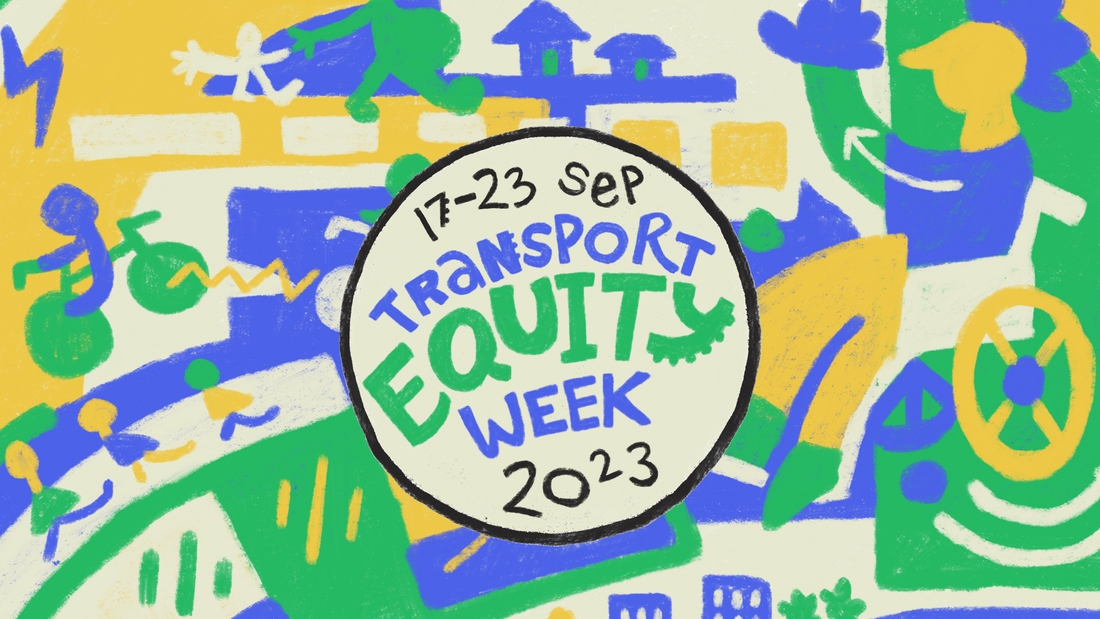
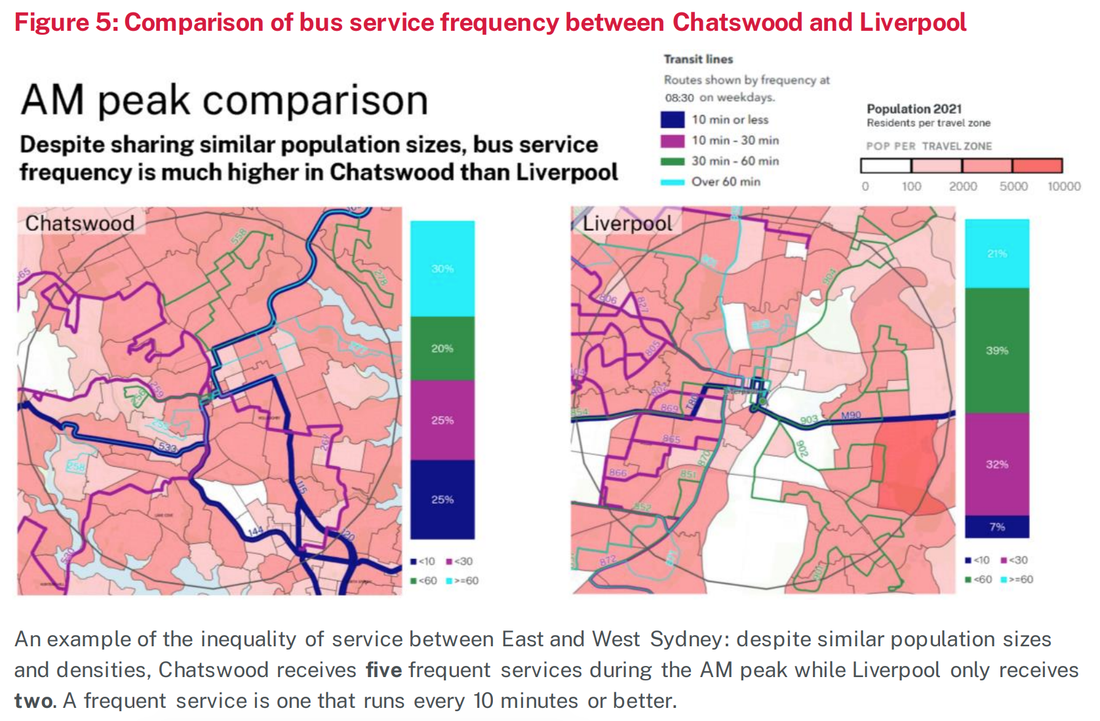
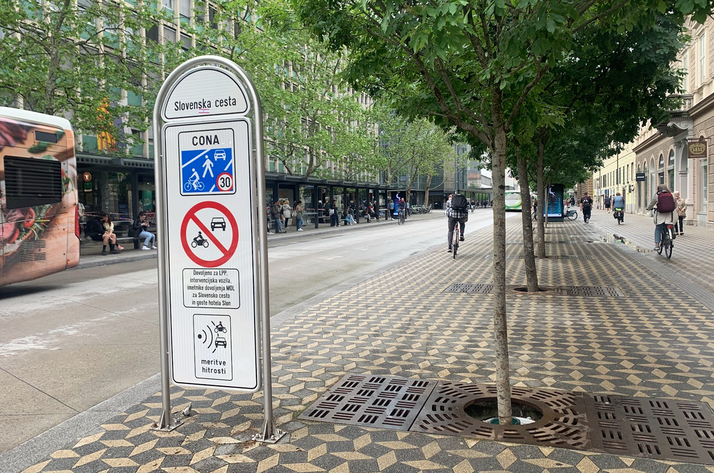
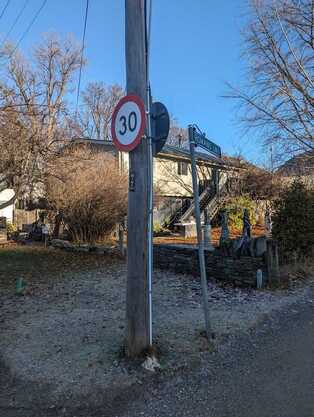
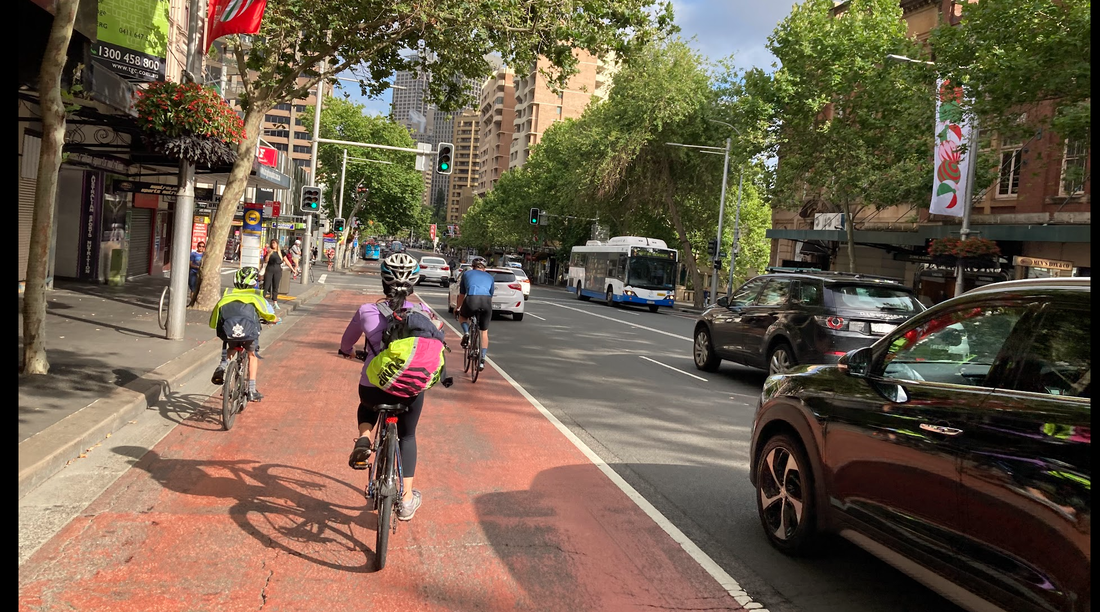
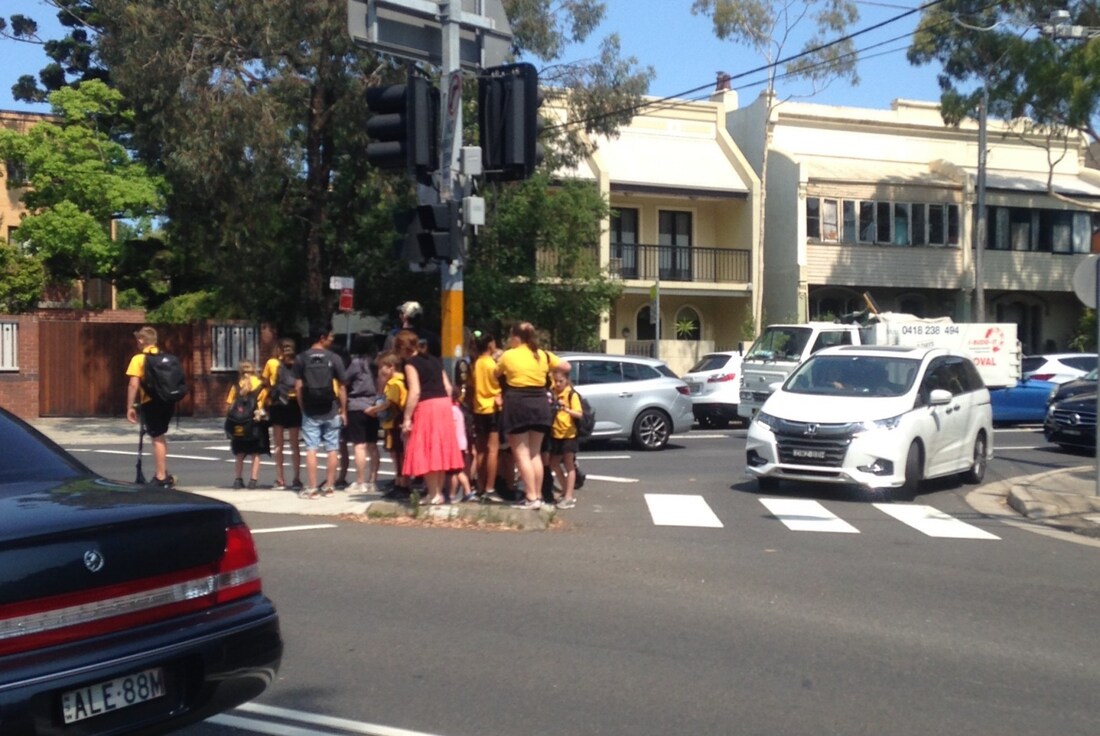
 RSS Feed
RSS Feed